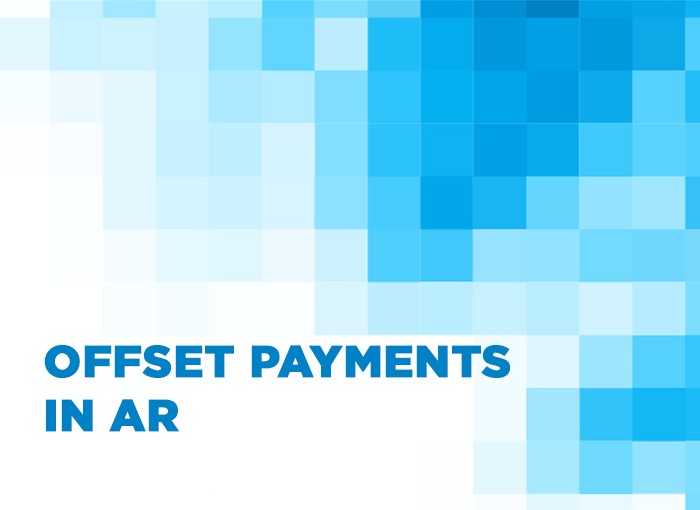What are offset payments in AR?
Accounts Receivable (AR) is used to measure the money that either insurance companies or patients owe to the health care providers. In simple words, AR refers to the invoices that either patients or insurance companies owe to health care providers for the services delivered.
When an insurance identifies an overpayment to a provider, the offset process is initiated. Providers are sent a letter specifying information regarding the overpayment and are given 30 days to refund the overpaid amount. Overpayment notices contain an accounts receivable number (AR#) which identifies the transaction. If the refund is not received from the provider within 30 days, a second notice is sent out for overpayments. If the overpaid amount is not received upon 40 days of the initial notification, Insurance will proceed with Offsetting money from payments to the provider until the overpaid amount is recovered.
Overpayment Reasons
Overpayments are usually created by late processing of amendments or incorrect transactions. The common types of amendments/transactions that cause overpayments are:
- Late processing of employment terminations
- Incorrect or duplicated allowances
- Incorrect salary levels/classifications
This article will discuss the topic in detail including definitions of necessary terms along with FAQs for health care providers.
Understanding offset payment in detail
As explained earlier, when an insurance company inaccurately makes an excess or wrong payment to its provider, it would adjust the amount in its successive claims and that is called offset in medical billing.
Let’s understand it better with an example. A doctor provides the health care services to a patient named David and bills the claim to the insurance company with an amount of $200 for the rendered services. The doctor receives a payment of $100 from the insurance company. When the auditing happens, the insurance company finds out that they have incorrectly processed the claim and paid $100 instead of $80.
Now, the insurance company either asks the health care provider to refund the excess amount ($20 in this case), or else it will offset the excess payment against the payment of upcoming claims of the same provider. Health care providers may even get a letter mentioning the overpayment and are given 30 days to refund the amount. Overpayment letters/notices have an account receivable number (AR) to identify the transaction. Providers may need to pay interest on overpayment if they do not refund the overpaid amount to the insurance company in the specified time.
FAQs for Health care providers
1. What should you do if you receive an overpayment letter or notice?
Ans. As mentioned earlier, the insurance company sends overpayment notice to the providers in case of an overpayment. It’s a formal request asking the provider to refund the extra amount. The providers get a certain time to pay the amount. The refund process is identified by the Accounts Receivable Number (AR #) provided in the notice.
The providers will have to bear interest if the demanded refund is not paid within 40 days from the date on the overpayment notice. The providers must include the notice number or AR number with the payment so that the transaction is identified properly.
2. Can you request an early or immediate offset of a demanded refund?
Ans. Yes. As soon as you receive an overpayment demand letter or notice stating that a refund is due, you can request an immediate offset of the debt in writing. The immediate recoupment process allows you to request that the recoupment begins before day 41. Choosing the immediate offset option may allow you to avoid paying interest if the refund is paid in full before day 31. If you choose an immediate offset, it is considered a voluntary repayment. However, a provider has the option to terminate the immediate recoupment process at any time.
3. What should you do if you have been overpaid on a claim by the insurance company?
Ans. You are required to refund the overpayment by completing the appropriate overpayment refund form. You need to mention the patient name, claim number/ID, AR number, and other necessary details while repaying the overpaid funds so that any required corrections related to the claim can be made and the payment is recognized properly.
4. What if you cannot refund the entire overpayment amount at one time?
Ans. If your practice is going through a financial strain and you find out that there is a refund due, this is what you should do. To overcome this problem, you can request an Extended Repayment Schedule (ERS) if you cannot pay the entire refund in full. Under ERS, you will be allowed to pay the overpayment in monthly installments rather than paying in one go or by applying the payments of future claims to the refund (also known as offset).



